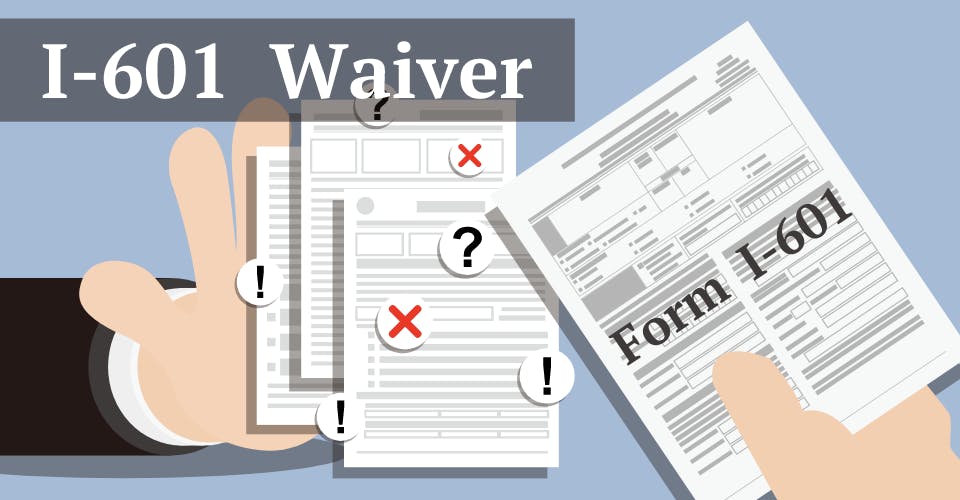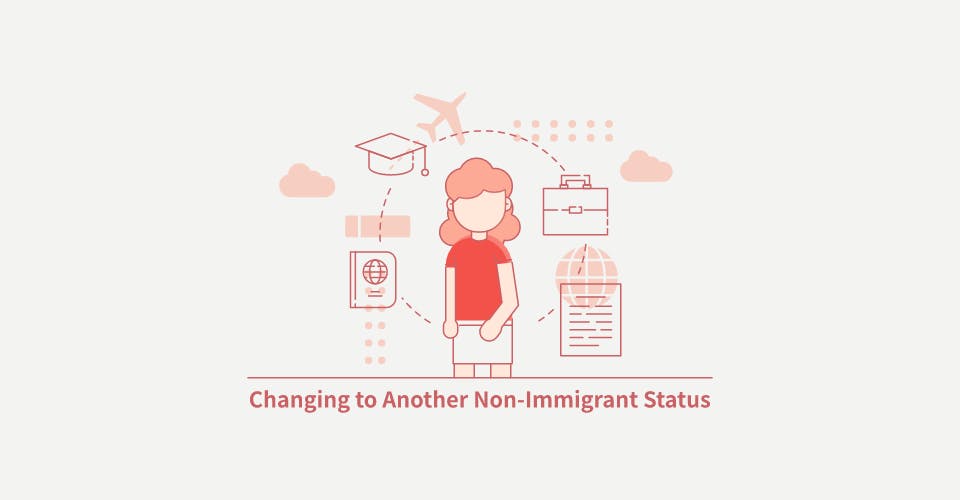A key component of having the I-485 application accepted by the USCIS, so the applicant can go and become a green card holder in the United States, is having a case officer deem the applicant “admissible” to the United States. Admissibility in the immigration sense refers to the ground rules laid out by the nation's Immigration and Nationality Act (INA) for which an individual is either permitted by law to enter the United States, or barred from entering. The following categories help us to better understand where admissibility comes from:
- Inadmissibility due to health (not having the correct or necessary vaccinations in lieu of having one's adjustment of status approved)
- Inadmissibility due to criminal reasons (even crimes such as possession of marijuana constitute barring someone from entering the United States)
- Inadmissibility due to national security concerns (Having involvement/affiliation with a known terrorist organization)
- Inadmissibility due to the likelihood of becoming a public charge
- Inadmissibility due to fraud or misrepresentation (lying on USCIS forms and paperwork)
- Inadmissibility due to prior removals or unlawful presence in the U.S.
What the I-601 can help with
One of the entitlements that I-485 applicants have is to be able to file a waiver on the grounds that they were determined inadmissible on their application. Waivers in general are common amongst USCIS applications, and in fact many applicants who are involved in different visa processes file waivers simply to have fees removed while still being able to submit their documentation.
The I-601 in this respect is for applicants who feel that filing a waiver will excuse their grounds of inadmissibility, so their entire application package will still be valid, and they can later go on to receive a green card (in the case of adjustment of Status).
Working through the I-601 Form
The I-601 form is 12 pages long and first asks applicants to verify personal information such as their USCIS case number, their current/physical address, their birthplace and date of birth, as well as their Social Security Number (if applicable), and whether or not the applicant has filed for TPS—Temporary Protected Status.
In Part 2, the form asks applicants to state their U.S. Entry history, their previous immigration statuses, the locations they have lived at in the U.S., as well as any departure dates. Part 3 is a simple Biographic section that asks applicants to fill in their ethnicity, height, weight, and eye color.
In Part 4, Section A asks 18 questions that applicants can either Check off or leave blank. Applicants are supposed to identify which question pertains to why they believe the USCIS told the applicant they were inadmissible to the United States. Questions range from the bullet-pointed list above, i.e. public charge concerns, vaccination history, having a mental or physical disorder, engaging in fraud on their application, or being previously removed from the United States.
Note: Applicants should only complete this section if they are an adjustment of status applicant and are not applying for an adjustment based on a valid T non-immigrant status (the following B Section is for valid T non-immigrants). Section C is for applicants applying for TPS and have been told they are inadmissible).
At the end of Part 4, no matter what your filing status is, the I-601 form leaves plenty of room for applicants to fill in their “Inadmissibility Statement”. The USCIS asks applicants to use the space to provide an explanation of the acts, convictions, and/or medical conditions they were told make them inadmissible. If an applicant seeks guidance with this section and wants help writing their statement, they should seek professional legal counsel. However, applicants should also be advised that if they do seek guidance, they will need to identify such help in Parts 8 or 9.
In Parts 5 and 6, the I-601 Form asks applicants to state information about Qualifying relatives, meaning the family members in question that helped make your I-485 application (for example your U.S. citizen spouse).
The filing fee for this USCIS form is $930 and can be submitted via a money order or check. Applicants can also pay by credit card using Form G-1450, Authorization for Credit Card Transactions.














